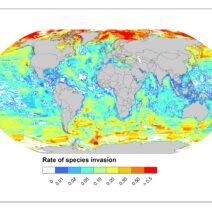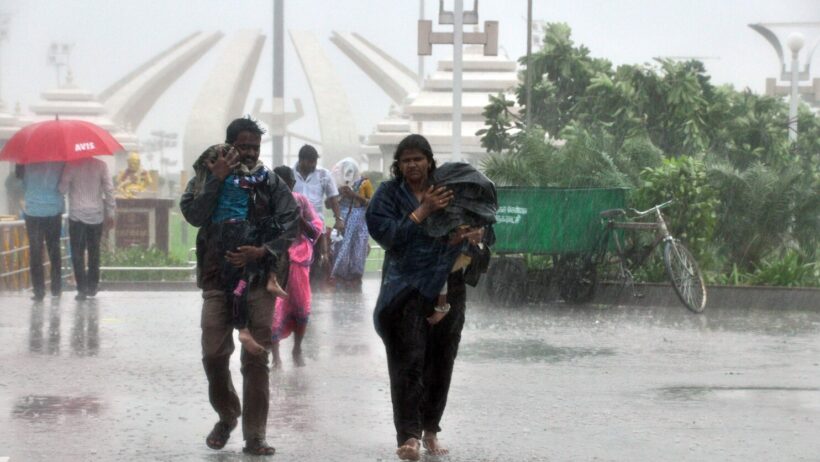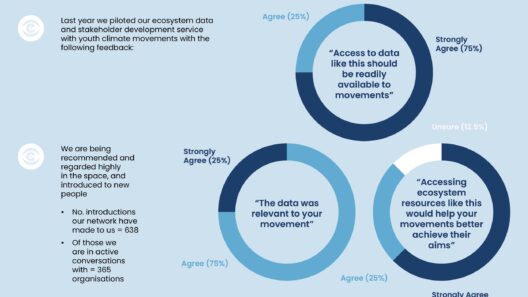Understanding the trajectory of climate change involves complex analyses of data, environmental policies, and socio-economic factors. The question of whether climate change is getting better or worse is a pressing one, often influenced by various perspectives and interpretations. As global temperatures rise, ice caps melt, and weather patterns shift, the implications of climate change extend beyond environmental concerns into economic and social realms.
Assessing Climate Patterns: A Data-Driven Narrative
The scientific consensus on climate change is clear: the planet is warming. According to extensive research conducted by climate scientists, the last few decades have showcased unprecedented increases in global temperatures. In particular, the past five years have consistently been among the warmest on record, reinforcing the notion that climate change is intensifying. This data, drawn from multiple sources including satellite measurements and terrestrial climate stations, highlights a stark reality.
Yet, it is crucial to analyze not only the data but also the context. Regional disparities play a significant role in how climate change manifests. Some areas experience more severe consequences than others, leading to the phenomenon of climate injustice. While the temperate regions may adapt relatively well, vulnerable communities, especially in developing nations, bear the brunt of rising seas, prolonged droughts, and increased storm intensity. The interplay between global data and local realities creates a multifaceted portrait of climate change—a portrait that illustrates that the challenges are far from uniform.
Policy Progress or Political Stalemate
Governments and international organizations have made strides in combating climate change, yet these efforts often seem inadequate in light of the scale of the crisis. The Paris Agreement, adopted in 2015, marked a significant diplomatic milestone. It sought to limit global warming to below 2 degrees Celsius, aiming for a more ambitious threshold of 1.5 degrees Celsius. However, the actual commitments made by countries vary widely in ambition and implementation.
Fossil fuel dependence remains entrenched in numerous economies, complicating efforts toward sustainability. Countries rich in natural resources often prioritize economic growth over environmental responsibilities. The inertia within political systems, fueled by corporate lobbying and public skepticism, poses considerable hurdles to meaningful climate action. Moreover, nations are often caught in a cycle of competing interests—between immediate economic needs and long-term planetary health.
In contrast, increasing public awareness and grassroots movements have catalyzed environmental activism. Youth-led initiatives and local efforts prioritize sustainable practices and push for accountability from leaders. The effectiveness of these movements serves as a reminder that collective action can indeed shift the paradigm of climate change discussions.
Technological Innovations: A Double-Edged Sword
Addressing climate change hinges significantly on technological advancements. Renewable energy sources, such as solar and wind, have experienced exponential growth and declining costs. Transitioning from fossil fuels to clean energy is not merely aspirational—it is becoming pragmatic. Innovations in energy efficiency and carbon capture demonstrate that we have the tools necessary to combat climate change effectively.
However, technology is not a panacea. The environmental cost of manufacturing and deploying renewable energy systems cannot be ignored. Certain materials used in solar panels and batteries require mining and processing processes that can have devastating environmental effects. Thus, while technology propels us toward potential solutions, it also poses its own set of challenges that must be addressed responsibly.
The Indispensable Role of Individual Action
While systemic change is imperative, individuals also play a critical role in addressing climate change. Lifestyle changes—reducing meat consumption, minimizing waste, and opting for sustainable transportation—can collectively impact emissions. The notion of “your vote counts” applies not only to political elections but also to consumer choices. By consciously supporting environmentally responsible companies, individuals can drive market demand for green products and practices.
Moreover, education becomes pivotal in fostering a culture of sustainability. Schools and communities can empower individuals to understand the science of climate change, thereby motivating them to act. As awareness spreads, it creates a ripple effect, encouraging others to join the cause.
The Future Landscape: Optimism Amid Challenges
As we dissect the landscape of climate change, the prevailing sentiment is one of cautious optimism. The challenges are formidable, but the potential for transformative change exists. The increase in commitment to green technologies, coupled with grassroots activism, signals a shift in consciousness about our relationship with the environment. Innovations in policy frameworks, technological advancements, and social awareness could lead to mitigating the adverse effects of climate change.
Yet, the fate of our planet rests on collective action. It is critical to bridge the gap between short-term profitability and long-term sustainability. While the trajectory of climate change reports grim realities, resilience and adaptability emerge as key themes in the ongoing narrative. The question of whether climate change is getting better or worse ultimately depends on the choices made today.
As we confront the complexities of climate change, we stand at a crucial crossroads. The journey toward a sustainable future requires unyielding commitment, comprehensive understanding, and collaborative action across all sectors of society. Only time will reveal the extent to which humanity can overcome these challenges and steer the planet toward recovery and resilience.






